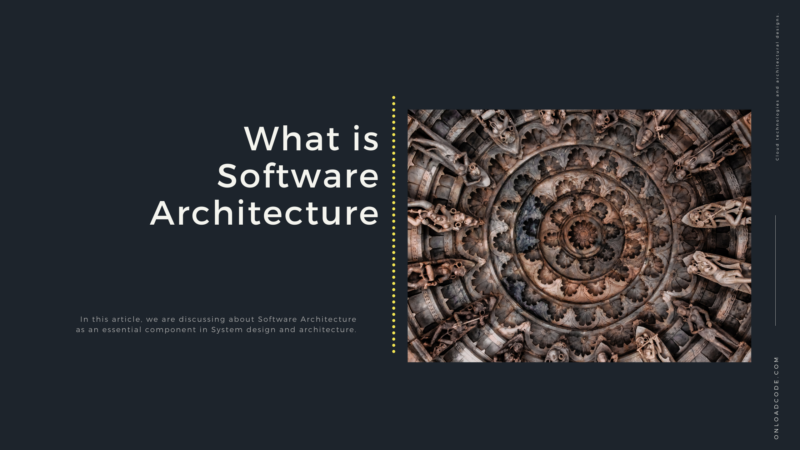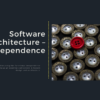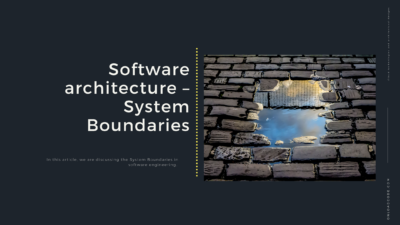This is the 15th article on the System Design and Software Architecture series. In this article, we are discussing the What is Software Architecture.
Previous articles
- Introduction to System Design and Architecture
- Values of system software
- Programming Paradigm
- Object-Oriented Programming
- Structured programming
- Functional programming
What is Software architecture?
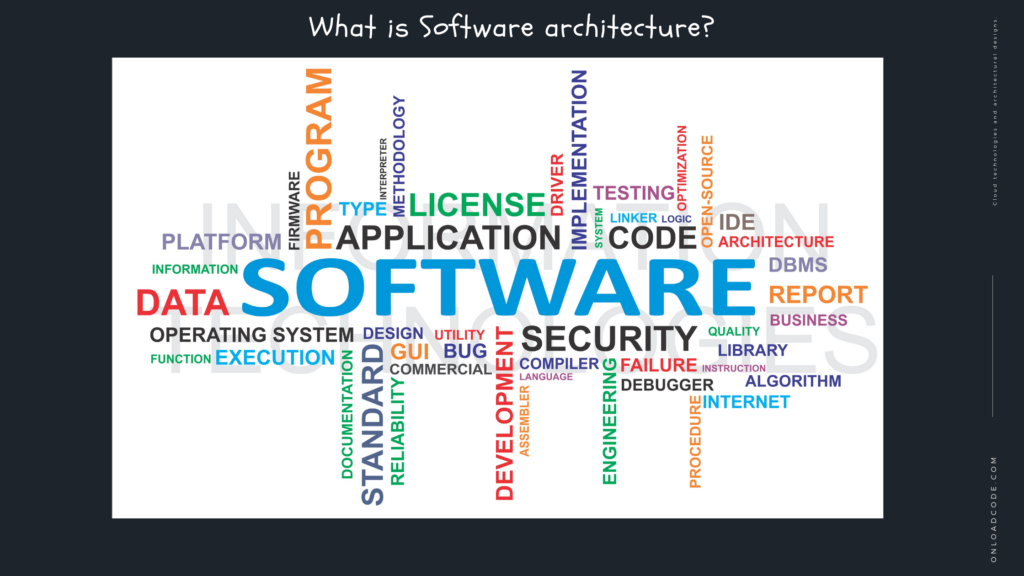
When it comes to the definition of Software architecture is the process of transforming software features such as flexibility, scale, viability, reusability, and security into a structured solution that meets technological and business aspirations. This definition refers to the features of the software that can affect software architecture. In addition to technical requirements, a long list of features primarily represents a business or operational needs.
The software configuration provides an explanation of how your systems behave on a structural level. The systems you use have a collection of components designed to perform a specific function or set of functions. Software architecture provides the basis for modifying, building, or retiring all software in a company.
Software architecture influences the quality, functionality, maintenance, and success of a system based on design. Without regularly looking at software architecture, a business is open to long-term consequences, and their systems are vulnerable to unauthorized or weak operation.
In modern systems, there are common patterns in software architecture, known as architectural systems for software. In many cases, there are several different architectural systems used to create a complete system, especially for systems that have been built for years or years or work or systems built by different developers.
Software Architecture Principle
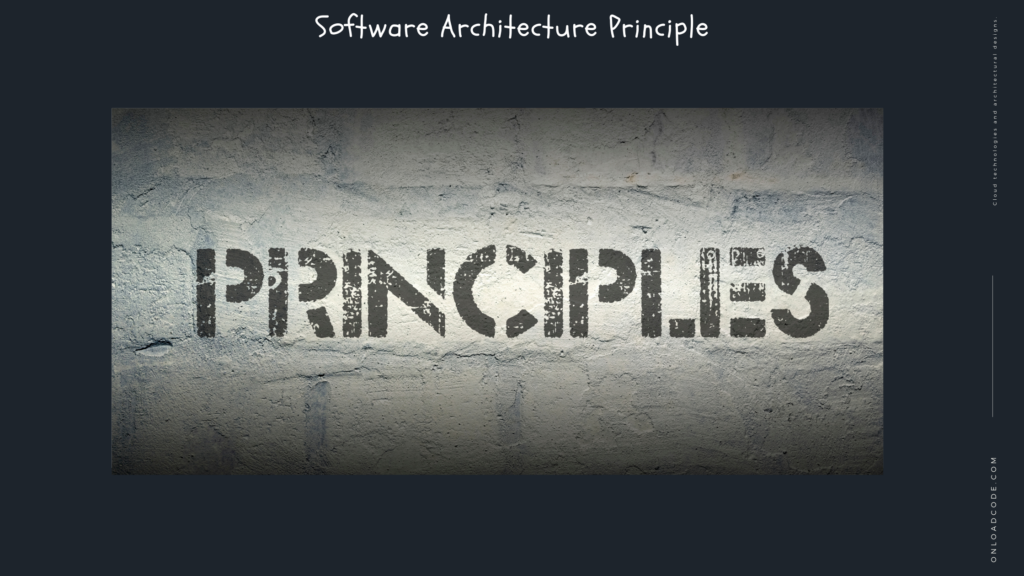
Software architecture principles dictate the process of software conversion and development. They help with flexibility, scale, reusability, and safety. These principles are used to ensure that a solution meets business expectations and is technically secure.
- Asking the right questions about your software architecture can lead to serious deterioration over time, not to mention crashes and performance issues.
- Stop the critical single points of failure.
- SOA repositories are generally built on a wide range of technologies.
- Provide practical guidance to your architects and developers.
- Make service reuse a reality.
Deployment of an automated system to enforce these guidelines.
To prevent application degradation, distribution teams should set up a software intelligence platform. The CAST Structured Analysis Engine creates a visual representation that helps developers or new team members better understand, support. And further, develop the application by looking at how the application intelligence platform interacts with software components.
- Interactive Exploration – An end-user application to graphically display and explore the structure of an application and its code interdependencies based on information gathered during code analysis and AIP knowledge.
- Modification Simulation – Impact analysis capabilities to mimic the effect of a change on an object
- Automated Documentation – HTML documentation feature for creating technical documentation
- Highlight the database format and ensure compliance between the backend and the database layers
- Find any feature and place it on a current graphical display, transaction
- See source code and all details about any application feature
- Extract high-level software settings that show all the technologies, frames and databases in the application
Characteristics of software architecture
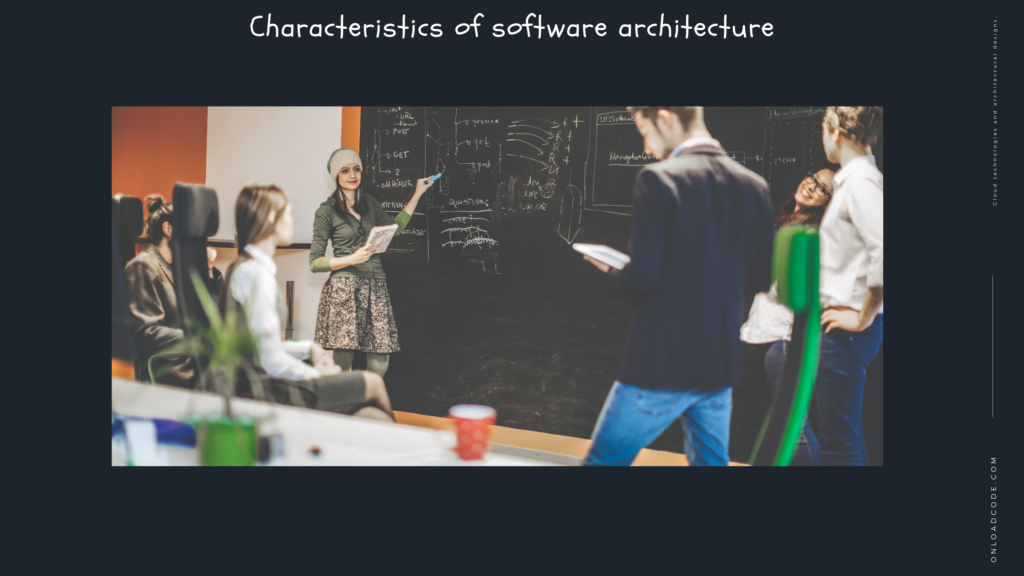
As explained, software features describe the requirements and expectations of software at the operational and technical levels. Thus, when a product owner states that they are competing in a rapidly changing market, they need to adapt their business model quickly. Software must need to “long-lasting, modular, and maintainable” if a business is to deal with urgent requests. As a software architect, you should note that performance and low error tolerance, scale and reliability are your main characteristics. Now, after the business owner has defined the previous features that tell you that you have a limited budget for the project, another feature is feasibility.
Software Architecture Tools
Software architecture tools are very important for software and application developers to go into depth to build and design the basic software structure and to provide an understanding and information about the software architecture of the system. They help to illustrate how a typical system interacts with existing pieces, new software, users, external systems, data sources, and more.
Software architecture patterns
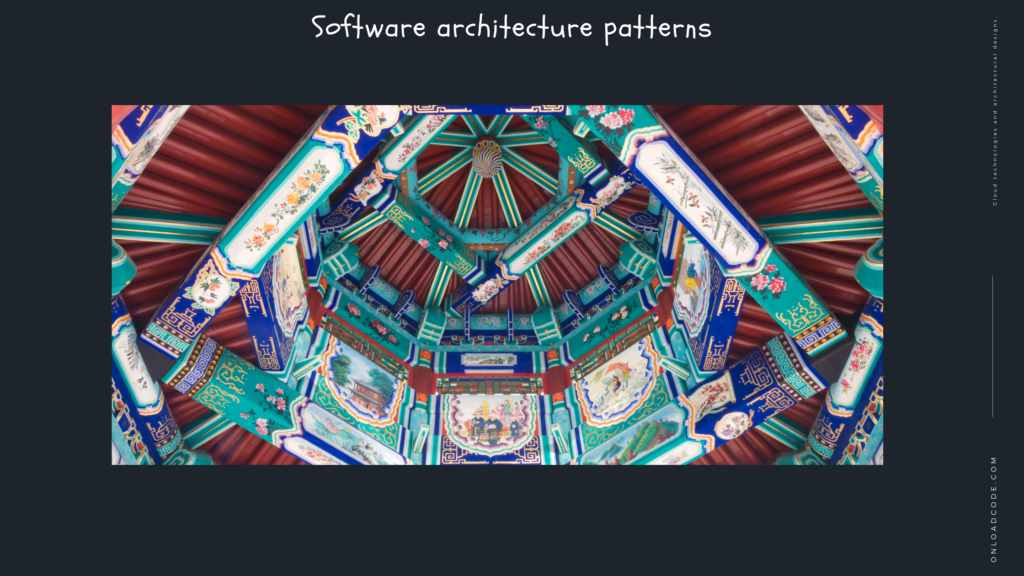
Many people have heard the term “microservices” before. Micro Services is one of the layered patterns, event-based patterns, serverless patterns, and many other software architecture patterns. Some of them will discuss later in this article. Following in the footsteps of Amazon and Netflix, Micro Services gained its reputation.
Clientless architecture
This element refers to an application solution that relies on third-party services to manage client complexity and post-management. Clientless architecture is divided into two main categories. The first one is “Backend as a Service” (BaaS), and when it comes to the next one, it is “Function as a Service” (FaaS). The clientless architecture will save you a lot of time.
Event-Driven Architecture
This architecture depends on the event makers and event customers. The main idea is to disconnect parts of your system and trigger each part when an interesting event is triggered by another part. It is simple. Suppose you have created an online storage system, and it has two parts. Those two parts are a buying module and a selling module. If a customer makes a purchase, the purchase module will generate an “order pending” event. After the seller receives this event, it will perform certain functions or shoot another event to order more products from a particular seller.
Usually, the producer does not know what is happening, and the customer is not listening to what is happening. Also, other customers do not know which events they are listening to. So the main idea is to disconnect parts of the system.
Micro-service architecture
When considering the most popular services in the last few years, Microservices architecture has become the most popular architecture. It depends on the development of small independent modular services where each service solves a specific problem or performs a unique function, and these modules communicate with each other through well-defined APIs to serve the business goal.
Micro-kernel architecture
Many applications have a set of basic operations that are used repeatedly in different patterns depending on the data and the task. Eclipse, for example, is a popular development tool for opening files, interpreting them, editing them, and launching background processors. The tool is well known for performing all these functions with Java code and then compiles the code and executes it at the push of a button.
In this case, the basic functionality for displaying and editing a file is part of the microkernel. Java compiler is just a part of supporting the basic features of the microkernel. Other programmers have extended the eclipse with other compilers to develop code for other languages. Most people do not even use the Java compiler, but they all use the same basic functionality for editing and interpreting files.
Additional features layered on top are often called plug-ins. Many people refer to this expansion approach as plug-in architecture instead.
Space-based architecture

Most websites have built around a database, and they function well as long as the database has the ability to load. But when usage is at its peak, and the database is unable to keep up with the constant challenge of writing a transaction log, the entire site fails.
Space-based architecture has been designed to prevent functional crashes under heavy load by splitting both processing and storage between multiple servers. Responsibility for providing services for calls extends across data nodes as well. Some architects use the term “cloud architecture.” The name “space” refers to the user’s “tuple space” and is cut to divide work between nodes. “These are all memories,” says Richards. “Space-Based Architecture Supports Unexpected Spikes by Removing Databases.”
Storing information in RAM makes many tasks faster, and expanding storage with settings can simplify many basic tasks. But distributed architecture can complicate some types of analysis. Computations that need to spread throughout the entire dataset, such as finding an average or performing statistical analysis, should be subdivided into sub-jobs, spread across all nodes, and added when it occurs.
Conclusion
Thanks for reading the article What is Software Architecture as an essential component in System design and architecture.
My articles on medium




